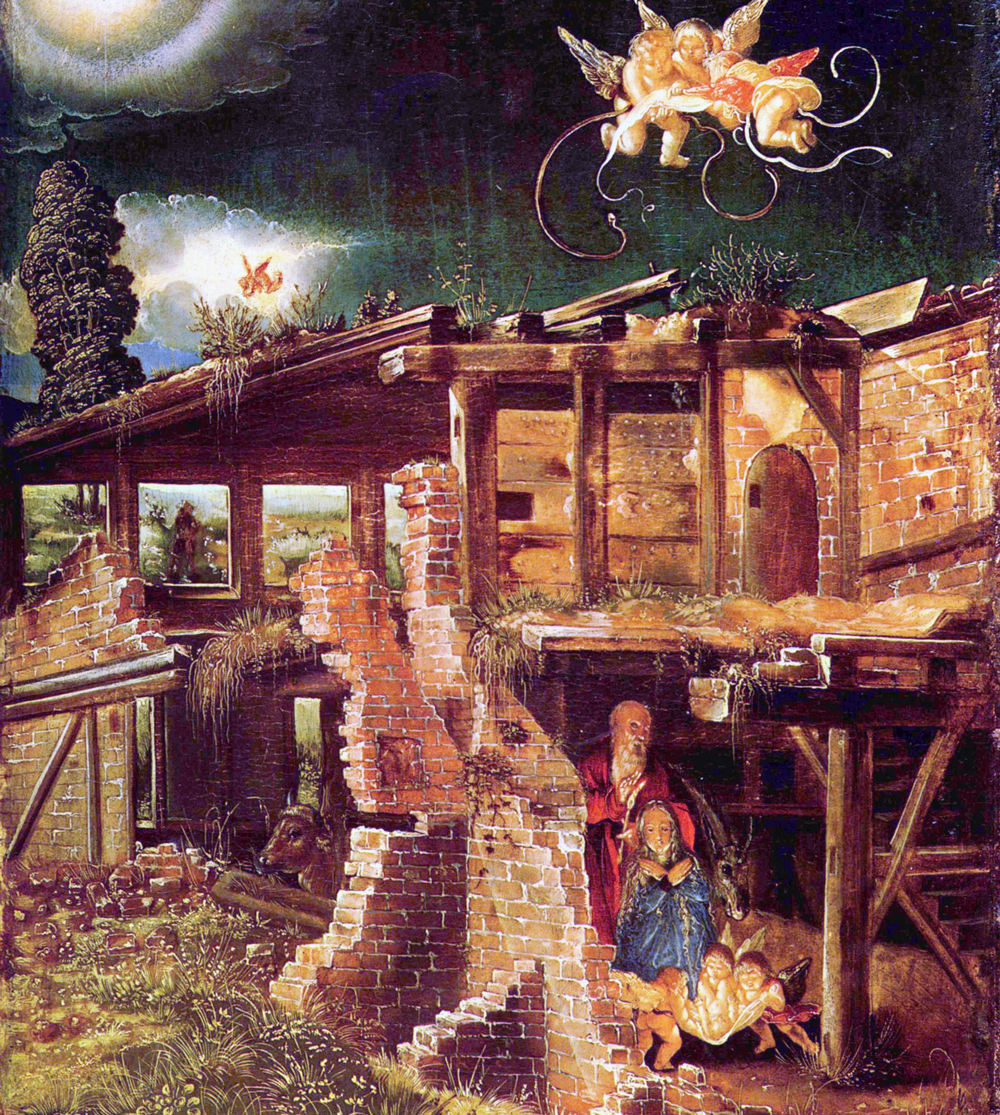
The season of Advent has a dual theme. Yes, Advent signals the coming of Christ as a baby at Christmas, yet it also prepares for the Second Coming of Christ at the end of time. The two are in tension as we watch and wait for both comings. Both meanings are reflected in the Scripture readings and music of the Advent season, and together they enrich our spiritual lives in the four weeks leading up to Christmas. If you grow weary of the incessant commercial soundtrack of Christmas tunes that begin to play in November, you can find relief in the beautiful, often haunting, music of Advent.
G. F. Handel’s beloved oratorio Messiah could be a familiar starting point. The first part takes us through Old Testament prophesy to John the Baptist’s announcement to fulfillment in Christ’s birth and life on earth. The music immediately draws one in to experience this great mystery of God incarnate, but it is the text that reveals the meaning of Advent and Christmas through well-chosen verses of Scripture. The words present the story; the music brings it to life. Find a recording you like on YouTube and follow the words. If they don’t appear on the video, a quick Google search for “Handel Messiah text” will give you many options to choose from. If you print the text, you can take notes as you listen.
Choose passages that especially resonate with you and use them as devotions. Look for links between Old and New Testament texts, which are abundant throughout Messiah, and they are rewarding to find. Take, for example, this aria for bass: “The People that walked in Darkness have seen a great Light; they that dwell in the Land of the Shadow of Death, upon them hath the Light shined.” The words of this aria come from Isaiah 9:2 and are referenced in two Gospels:
Matthew 4:16, Jesus referring to Isaiah’s prophecy: “’the people who sat in darkness have seen a great light, and for those who sat in the region and shadow of death light has dawned.’”
Luke 1:79, Zechariah, father of John the Baptist, speaking: “’to give light to those who sit in darkness and in the shadow of death, to guide our feet into the way of peace.’”
While Messiah feeds our souls on a large scale, the many and varied hymns of Advent touch us in a more direct and intimate way. These hymns often reflect the two comings of Christ in ways that can inspire us in our ongoing Christian journey. (You’ll find the following Advent hymns on YouTube.)
One of the most familiar Advent hymns is Charles Wesley’s “Come, Thou Long-Expected Jesus” (Hymn Nos. 82, 83). It speaks to our hearts and sends a warm, encouraging message of invitation to welcome Jesus as a child and wait with hope for him to return again:
Come, thou long-expected Jesus, born to set they people free; from our fears and sins release us; let us find our rest in thee. Israel’s strength and consolation, hope of all the earth thou art; dear desire of every nation, joy of every longing heart. Born thy people to deliver, born a child and yet a king, born to reign in us forever, now thy gracious kingdom bring. By thine own eternal Spirit rule in all our hearts alone; by thine all-sufficient merit raise us to thy glorious throne.
Our hymnal notes how this hymn’s “blending of memory and hope helps us to give voice to our present faith as we stand between the past and the future.” It’s Advent in a nutshell.
Two other hymns stand out for their treatment of Christ’s Second Coming – a time of judgment from the God of mercy. “Lo, He Comes with Clouds Descending” (No. 348), another Charles Wesley text, helps us place ourselves in the vivid action of Christ coming to reign (vs. 1):
Lo, he comes with clouds descending, once for our salvation slain; thousand, thousand saints attending join to sing the glad refrain: Alleluia! Christ the Lord returns to reign.
“’Sleepers, Wake!’ A Voice Astounds Us” (No. 349) is based on the parable of the wise and foolish bridesmaids (Matthew 25:1-3), a familiar Advent text. J.S. Bach based a cantata on this hymn and arranged one of the movements for organ – one of Bach’s greatest hits. The hymn ends with joy at Christ’s return: "Therefore we sing to greet our King; forever let our praises ring.”
Another major theme of Advent is the coming of the light. As Christmas nears, we turn our minds to the Incarnation, to the newborn child in a manger. “Savior of the Nations, Come” (No. 102) is one of the oldest Advent hymns, its text attributed to Ambrose of Milan from the fourth century and later translated by Martin Luther. Dietrich Bonhoeffer, in Letters and Papers from Prison, mentions the hymn (and even writes out some of the musical notes) with its depiction of light in the third verse, comparing it to Albrecht Altdorfer’s painting of the Nativity (early 1500s). It is a strong message to each of us as we go forward in faith.
Now your manger, shining bright, hallows night with newborn light. Night cannot this light subdue; let our faith shine ever new.
Finally, to experience the season of Advent in a single worship service, turn again to YouTube and search for “Advent Service of Lessons and Carols.” The many results all share the purpose of preparing us spiritually for the birth of Christ through Scripture readings, hymns, and anthems. Listen to one – or several – and meditate on the wonder of Christ, the Messiah, coming to save the world and bring peace to all.
– Sara Kyle
